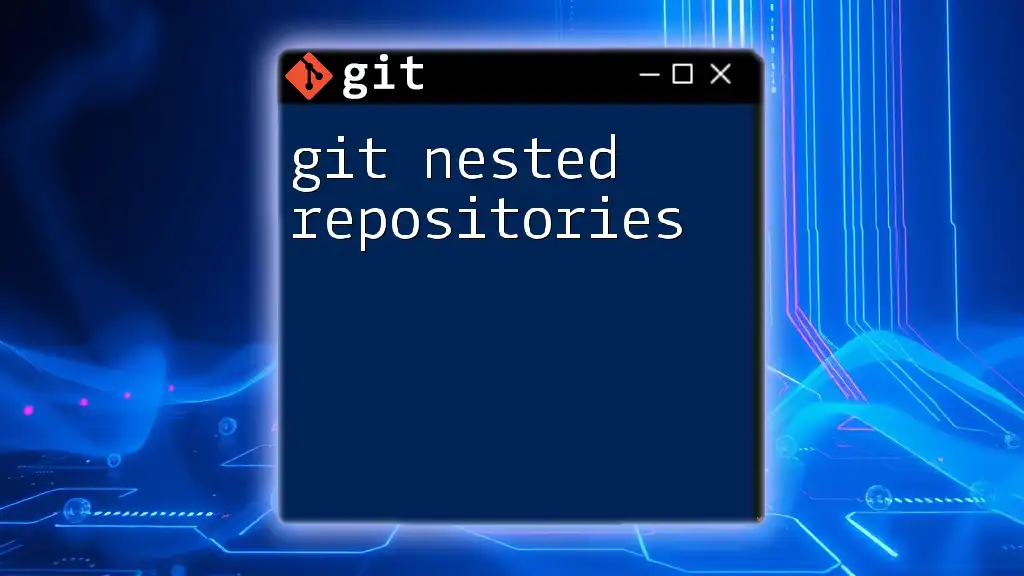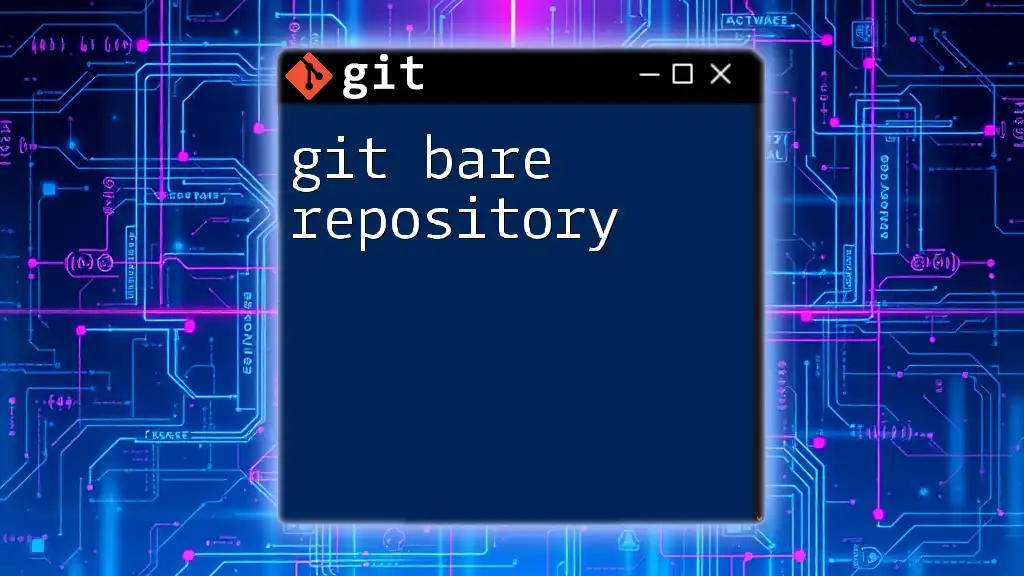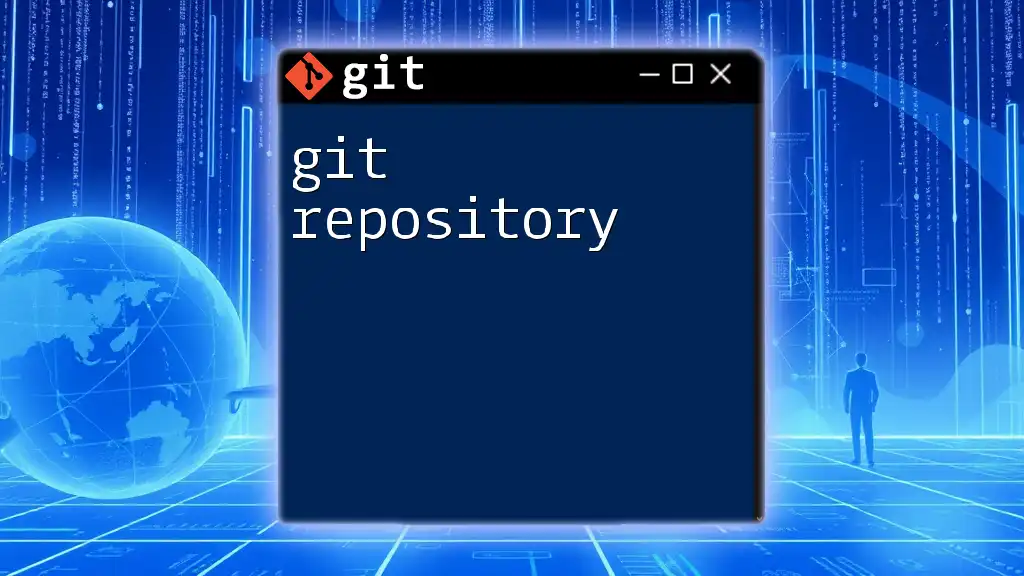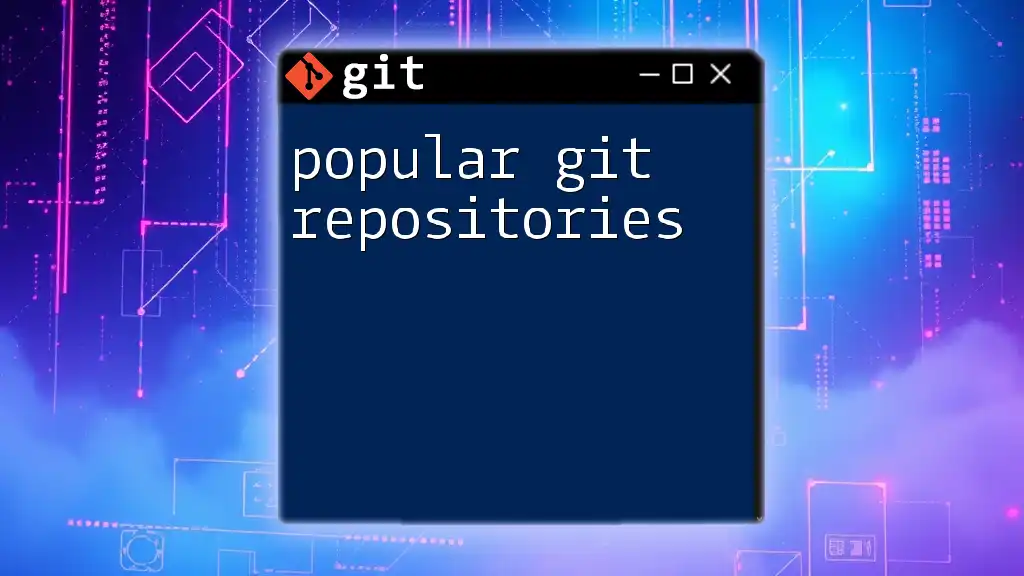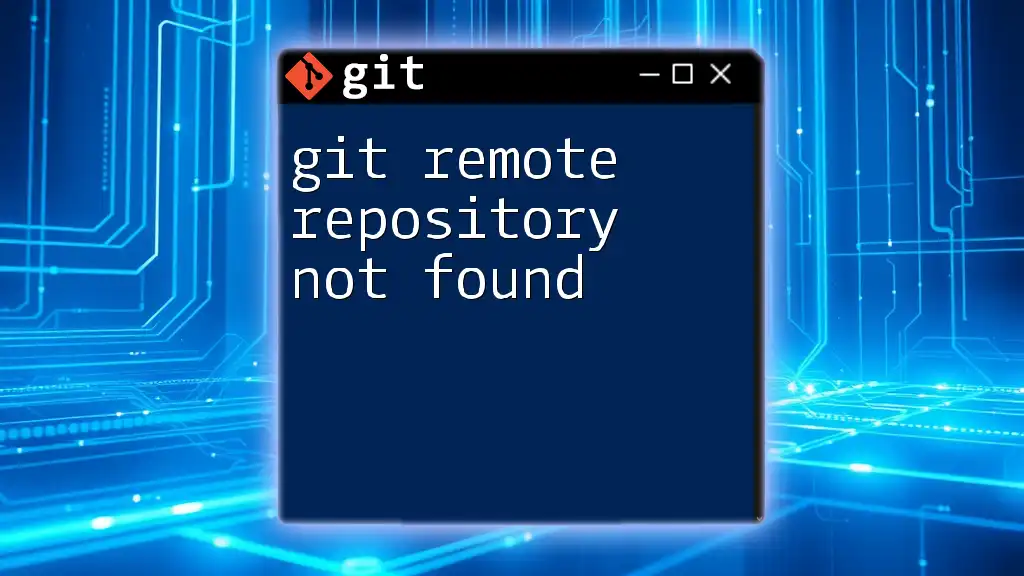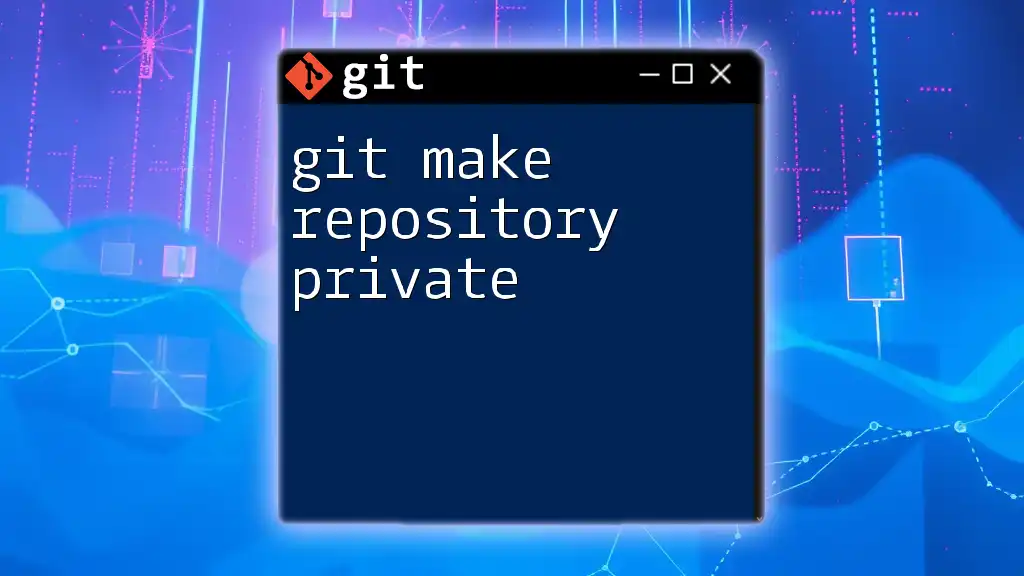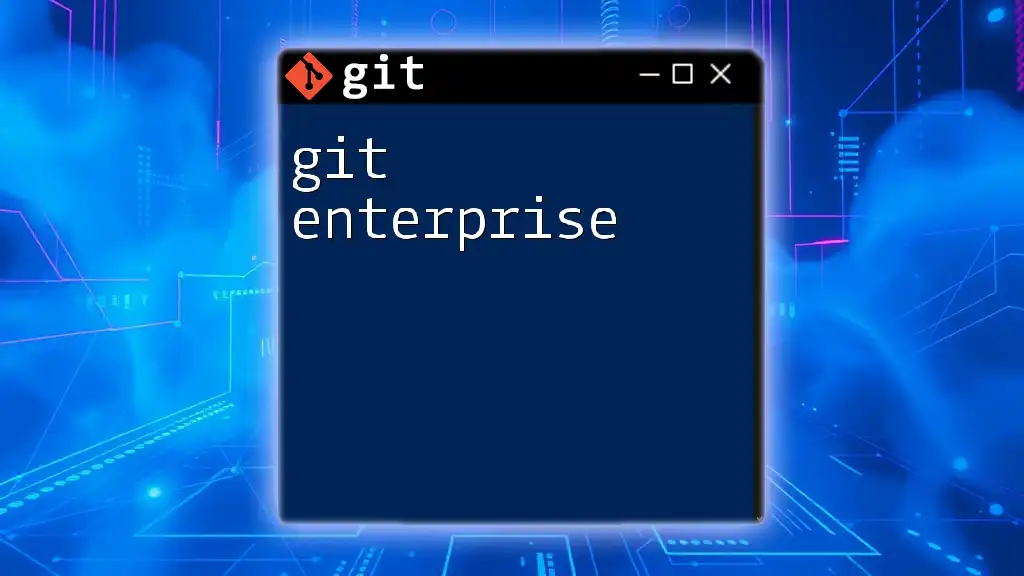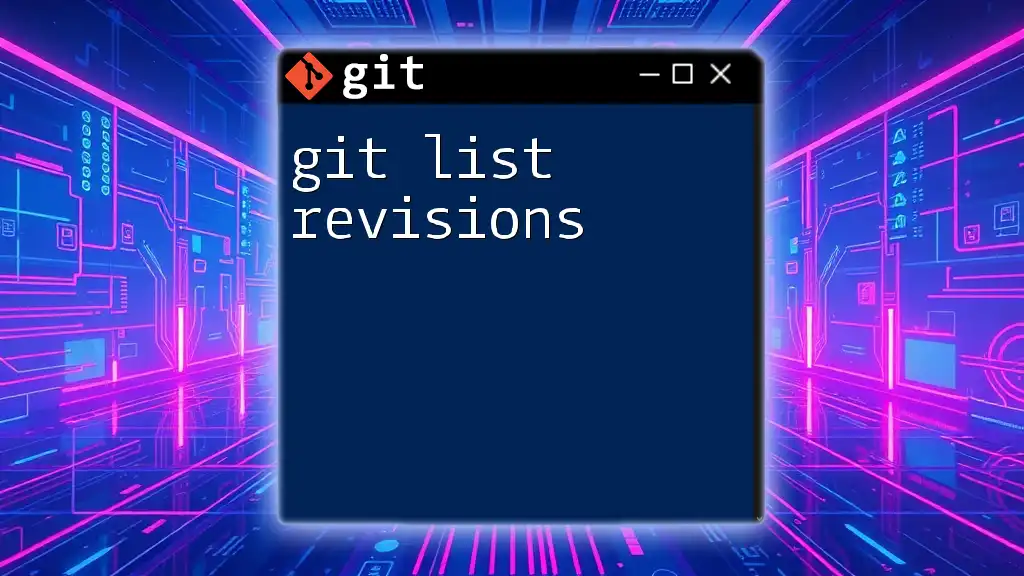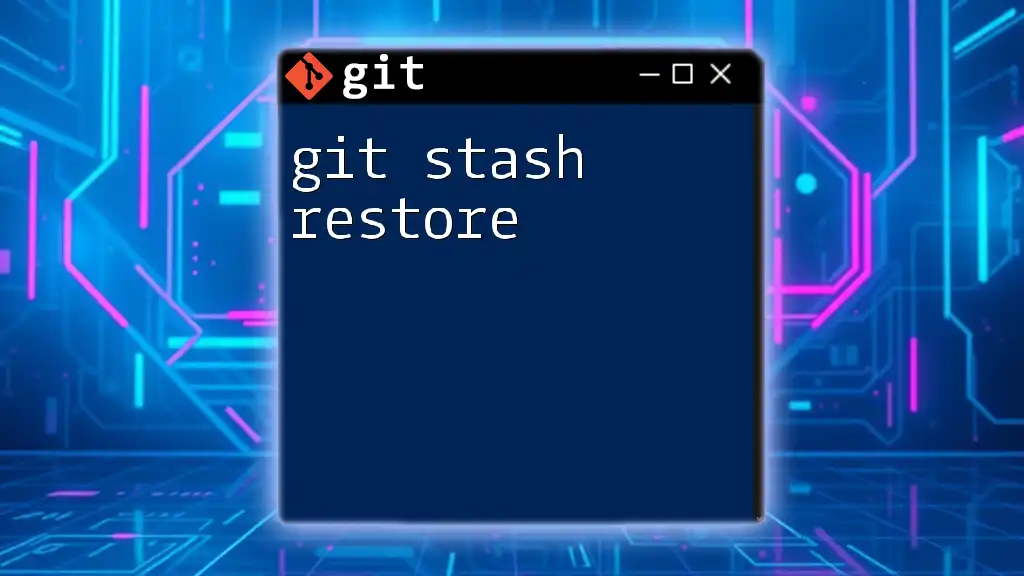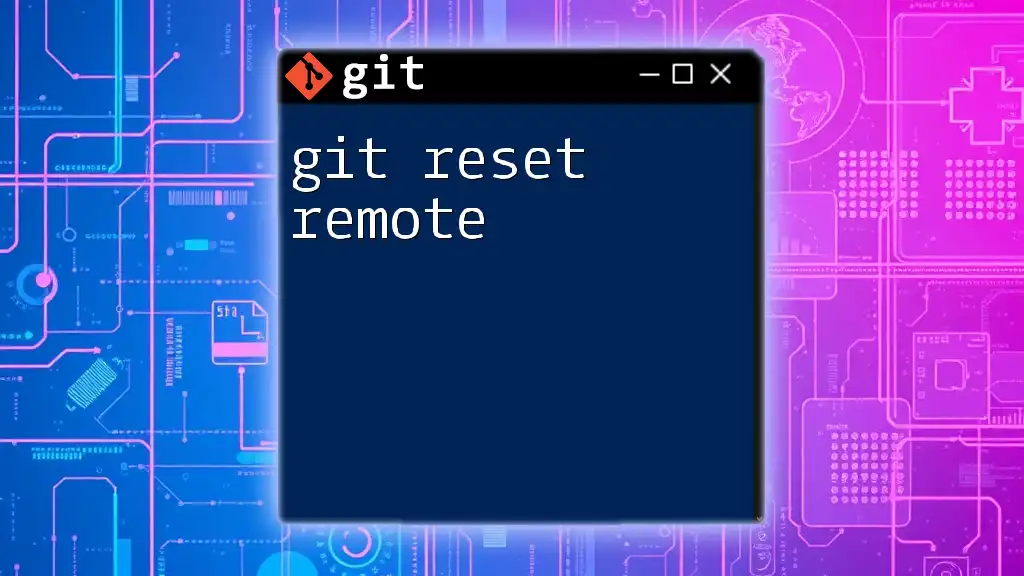Git nested repositories refer to the practice of having a Git repository inside another Git repository, which can be managed as a separate entity using submodules.
# Adding a nested repository as a submodule
git submodule add https://github.com/username/repo.git path/to/nested/repo
Understanding the Basics of Git Submodules
What are Git Submodules?
Git submodules allow you to include and manage external repositories within a parent repository. Essentially, a submodule is a repository embedded inside another Git repository, providing a way to incorporate the functionality of one repository into another without merging them. This is particularly useful for utilizing libraries or tools that are developed separately but need to be part of your larger project.
Common Use Cases for Submodules
Using submodules can cater to several scenarios:
- Managing External Libraries: If your project depends on a specific library that evolves independently, a submodule enables you to pull in the library without needing to copy its contents directly into your repository.
- Collaborating on Multi-Repository Projects: When multiple components of a project are housed in separate repositories, submodules streamline the synchronization process, ensuring that contributors can access all necessary components seamlessly.
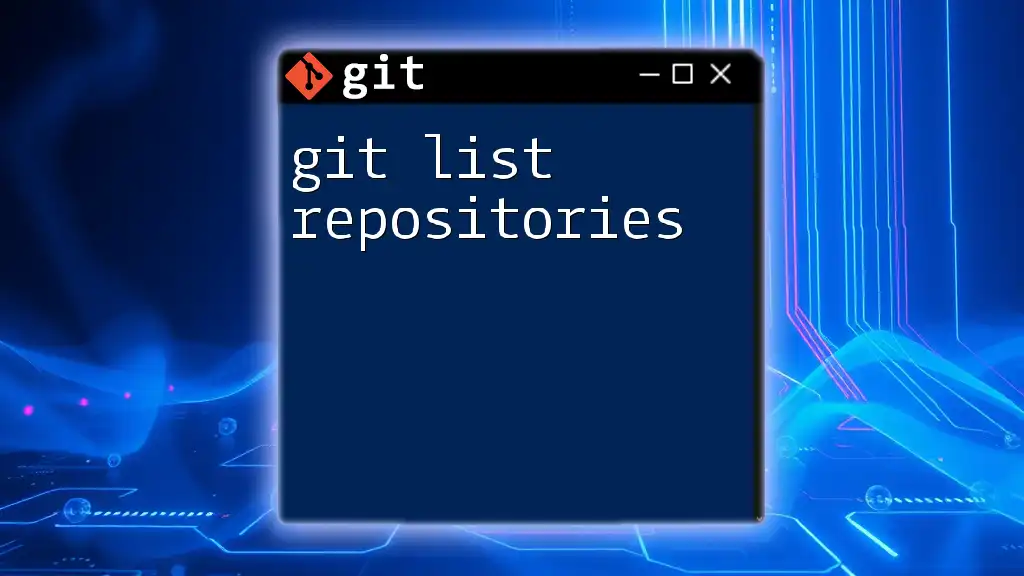
Setting Up a Nested Repository
Creating a New Parent Repository
To get started, you need a parent repository. It’s simple to create one using the command line. Navigate to your desired directory and run:
git init parent-repo
This command initializes a new Git repository in a folder called `parent-repo`. Structurally, your repository will consist of a `.git` directory along with a working directory where your files will reside.
Adding a Nested Repository as a Submodule
After creating your parent repository, you can add a nested repository as a submodule. This process enhances the functionality of your main project by integrating additional repositories.
- Use the `git submodule add` command to include another repository. The syntax is as follows:
git submodule add <repository-url> <path>
For example, if you want to add a library stored at `https://github.com/example/library.git`, your command would look like this:
git submodule add https://github.com/example/library.git libs/library
This action not only adds the repository but also creates a new directory (`libs/library`) within your parent repository to house it for easy access.
- Understanding the `.gitmodules` File: When you add a submodule, Git also creates a `.gitmodules` file in your parent repository. This file tracks the mapping between the submodule’s URL and its path in your project. An example of its content might look like this:
[submodule "libs/library"]
path = libs/library
url = https://github.com/example/library.git
This file is crucial for properly managing your submodules in both local and remote environments.
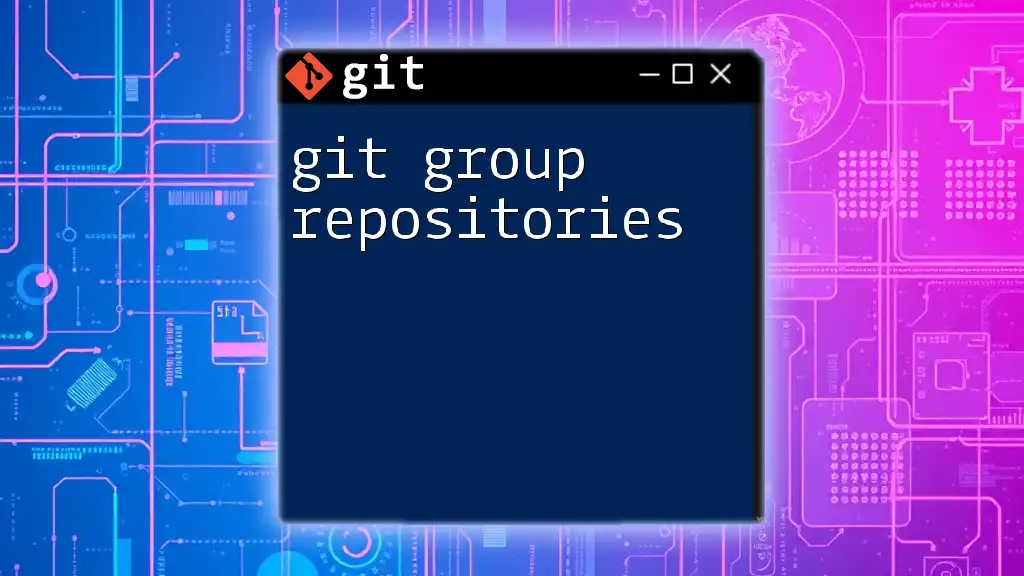
Managing Nested Repositories
Cloning a Repository with Submodules
One of the advantages of using git nested repositories is the ability to clone a repository along with its submodules. When creating or sharing your project, you can ensure that users can replicate the entire repository structure with a simple command:
git clone --recurse-submodules <repository-url>
If you forget the `--recurse-submodules` option during cloning, you can still initialize submodules afterward using:
git submodule update --init --recursive
This command fetches and initializes each submodule, ensuring that they are synchronized with the rest of the project.
Updating Submodules
As with any repository, keeping your submodules current is essential. If you need to update a submodule to the latest commit from the origin, you can execute:
git submodule update --remote
This command pulls in the latest changes from the upstream repository that your submodule tracks, integrating those updates into your parent repository efficiently.
Removing Submodules
In case you need to remove a submodule, it's critical to follow a specific sequence to avoid issues. Here are the key commands:
- Deinitialize the submodule:
git submodule deinit <submodule-name>
- Remove the submodule entry from the tracking:
git rm <submodule-name>
- Finally, delete the relevant information from the `.git/modules` directory:
rm -rf .git/modules/<submodule-name>
These steps ensure that the submodule is entirely removed from both your working directory and your `.git` tracking.
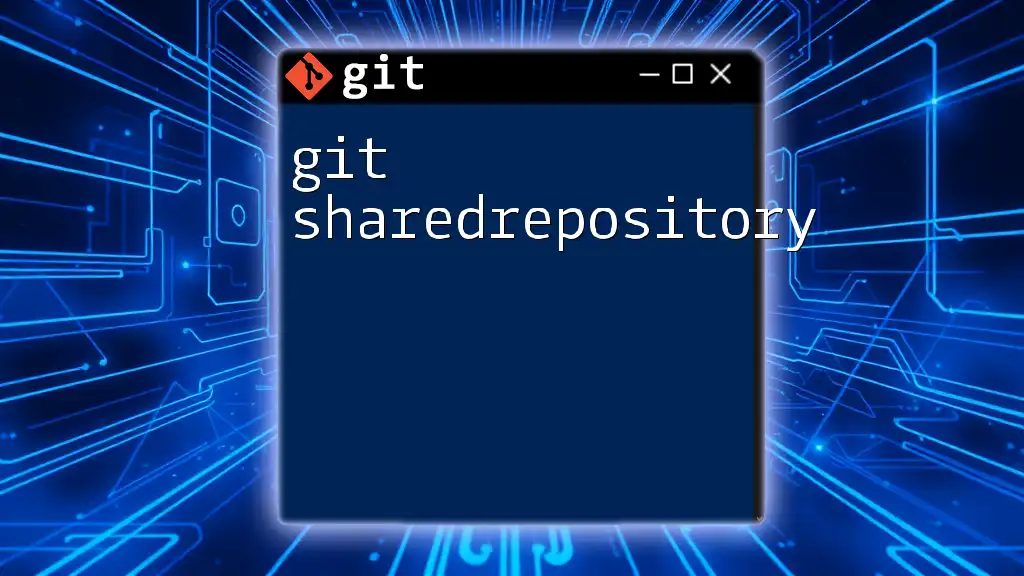
Common Issues and Troubleshooting
Conflicts in Submodule References
When multiple team members are working on a project, you may encounter conflicts related to submodule references. It’s crucial to communicate changes effectively to prevent issues related to version discrepancies and ensure everyone has the latest updates.
Nested Repository Visibility
Another common challenge is making sure that all contributors have access to the submodules. This is especially important when a submodule is hosted on a private repository, as permissions must be managed accordingly to avoid access issues.
Accidental Submodule Initialization
Mistakes can happen when submodules are initialized incorrectly. If you find yourself in this position, ensure that you refer to the correct documentation or use the commands previously discussed to address the issues.

Best Practices for Working with Nested Repositories
Here are a few recommendations to maintain effective workflows with git nested repositories:
-
Keep Submodules Updated Regularly: Just as you ensure your main project is up to date, so too should your submodules. Establish routines for regularly checking and updating them, especially before releases or critical development phases.
-
Document the Structure: Clarity is key in any project. A well-documented README or dedicated documentation solution can provide insights into how the nested repositories interact with the parent repository.
-
Establish Communication with Team Members: Team dynamics play a significant role in project success. Be transparent about changes in submodules and maintain open lines of communication to mitigate the potential for confusion or conflicts.
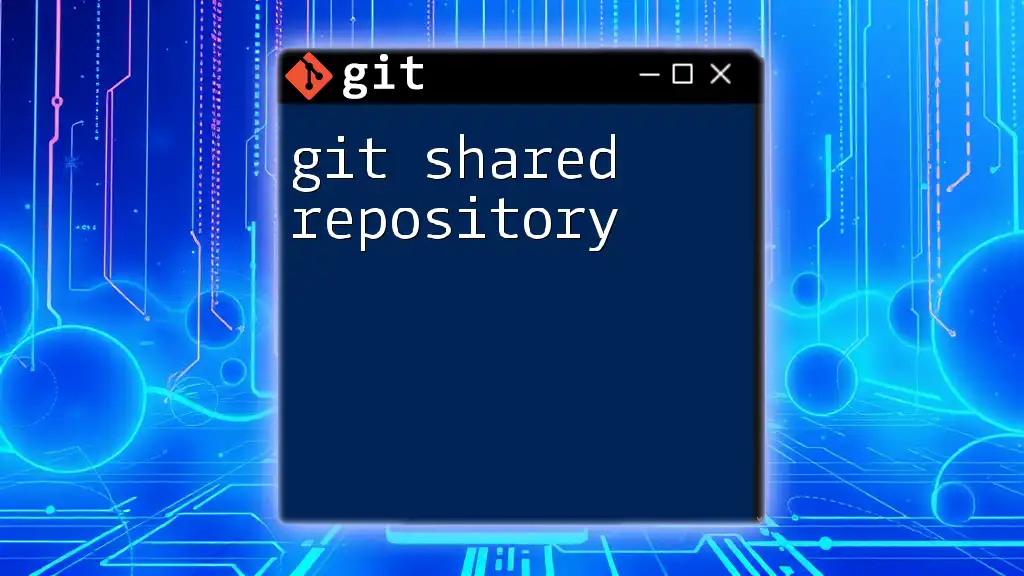
Conclusion
In conclusion, git nested repositories through submodules provide powerful tools for managing related projects effectively. By understanding the setup process, best practices, and potential pitfalls, you can efficiently leverage this feature. Whether for personal projects or collaborative efforts, nested repositories enhance clarity and modularity, making development easier and more organized. Dive in, experiment with submodules, and see how they can streamline your Git workflow!
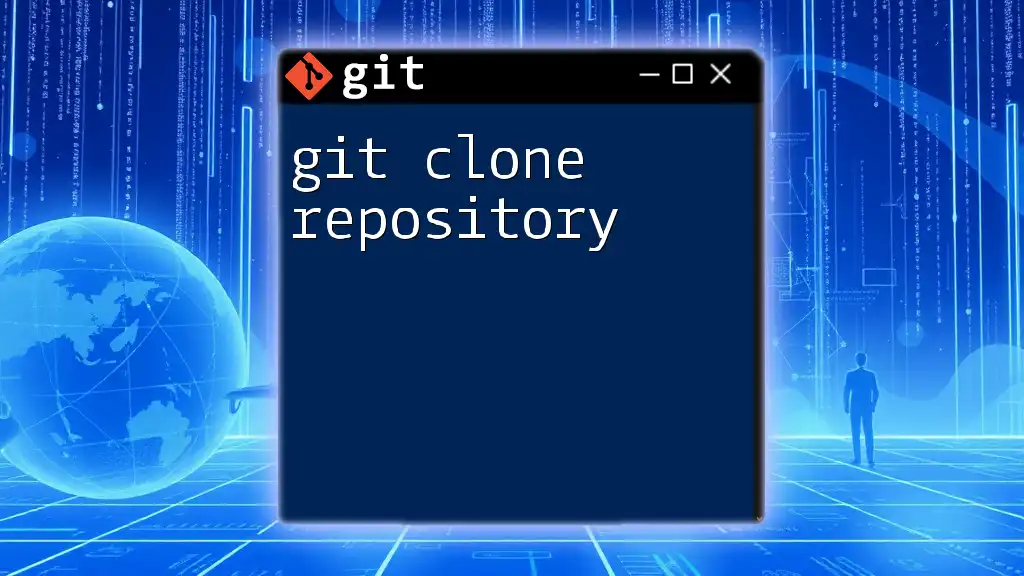
Additional Resources
To further explore git nested repositories and submodules, consider reviewing the official documentation on Git's website, community forums, or additional tutorials that delve deeper into advanced use cases and troubleshooting approaches.

